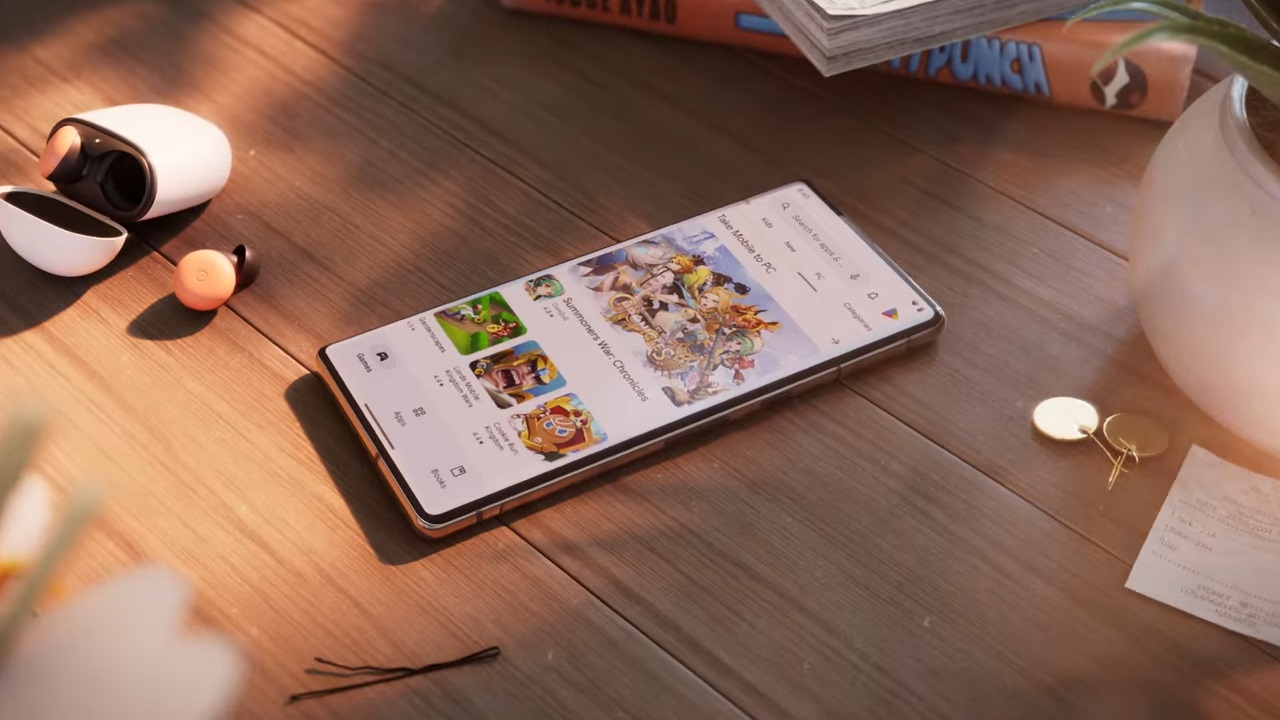The Digital Markets Act (DMA) legislation is in effect in Europe, which means iPhone sideloading is technically a thing. In practice, third-party app marketplaces aren’t here yet, so you can’t sideload any apps right now. But the March 7th deadline for compliance surfaced a document from Apple that outlines all the ways it’ll change the iPhone in Europe to meet the DMA requirements.
One upcoming change is something I didn’t expect. Apple is building a software tool to make it easier for iPhone users to switch to Android if they so desire.
It’s unclear why Apple would be developing the measure considering the state of the European smartphone market, where Android is the dominant mobile operating system. Not only that, but switching from iPhone to Android — or the other way around — isn’t very difficult to begin with.
Anybody who thinks iPhone users aren’t switching to Android because it’s difficult needs to hear the truth. iPhone users simply don’t want to move to Android, no matter how easy Apple makes it to switch.
The compliance document
Apple addressed the upcoming iPhone-to-Android switch tool in a compliance document. Here’s the language Apple uses to describe the forthcoming data migration software app:
Apple plans to make further changes to its user data portability offering. Third parties offer migration solutions that help users transfer data between devices with different operating systems. To build on those options, Apple is developing a solution that helps mobile operating system providers develop more user-friendly solutions to transfer data from an iPhone to a non-Apple phone. Apple aims to make this solution available by fall 2025.
First, you have to appreciate Apple’s reluctance to say Android in an official document. The “non-Apple” device can only be Android since there’s no other mobile operating system in the world.
Such tools already exist, as Apple hints. Third parties, like Google and Samsung, already have solutions in place — apps that let you switch from an iPhone to a Pixel or Galaxy phone. They’re just like Apple’s Move to iOS app, which helps Android users switch to iPhone.
Google’s big iPhone problem
Apple’s Move to iOS app has topped 100 million downloads in the Play Store, which speaks volumes. The only reason to download it is to ditch your Android devices and move to an iPhone.
These data transfer tools aren’t perfect, but they get the job done, no matter which direction you’re moving. Still, I’m curious why Apple will develop a tool that makes leaving the iPhone easier, and whether Google will feel pressured to create a similar product.
If the EU mandated it via the DMA, regulators clearly aren’t aware of what’s happening in the mobile world.
According to data collected by Statista, Android has been the dominant platform in Europe since 2013. Last year, Android phones accounted for nearly 65% of the market, with the iPhone making up the rest, or almost 35% of the market. The iPhone has been on the rise since 2020 when it held 28.33% of the market.

Separately, there’s no statistic favorable to Android regarding switching platforms. For example, May 2023 data from CIRP showed that 15% of new iPhone owners came from Android in the US. Meanwhile, just 4% of iPhone users switched to Android. However, the iPhone is the dominant platform in the US, with a market share of 60% per StatsCounter’s February 2024 figures.
A different CIRP study last year showed that Android users are switching to iPhone because the latter offers a better overall experience. Again, this concerned the US market.
Then, Piper Sandler found that the overwhelming majority of US teens already own an iPhone or plan on getting one. Similarly, a Gallup survey showed the iPhone is a big problem for Samsung in the same age category. Moreover, young adults also prefer Apple’s phone to Galaxy devices.
I can’t recall similar surveys or polls favoring Android in any major market.
Finally, I’ll also add that the expensive iPhones have sold better than Android flagships in recent years during economic uncertainties that impacted the market. Not only that, but Apple has been able to increase the average iPhone selling price.
Will the data migration tool be available internationally?
What I’m getting at is that the iPhone remains the holy grail for most buyers, even for some people who buy Android devices. In that context, Apple’s decision to make it easier for iPhone users to move their data to Android doesn’t make sense. If it’s something the EU mandated.
However, this iPhone-to-Android migration tool that Apple is building could be part of Apple’s strategy for defending its platforms in Europe. Apple can continue to argue that the iPhone and App Store aren’t monopolies in the EU. Customers have plenty of choices when it comes to hardware. And Android, overall, has the largest market share.
Not only that, but, look, Apple is making it very easy for switchers to move to Android if they want to. In practice, fewer people will switch from iPhone to Android than the other way around. That’s unless something big happens on the other side to suddenly attract a slew of iPhone switchers.
It’ll be interesting to see if the data migration tool will be available outside of Europe.








